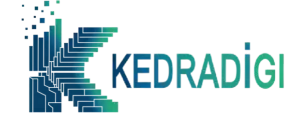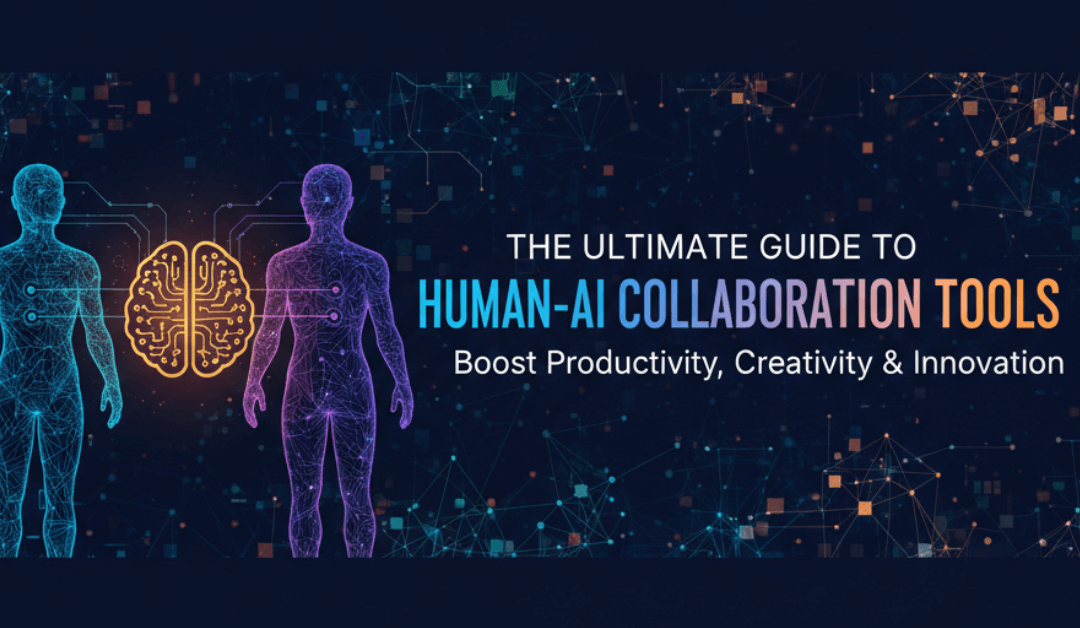The Future is a Partnership: Unlocking Synergy with Human-AI Collaboration Tools
Introduction: Beyond the AI Assistant
The conversation around Artificial Intelligence in the workplace has fundamentally shifted. It’s no longer a futuristic concept of “humans vs. machines.” Instead, we’ve entered a practical era of “humans with machines.” The most successful, efficient, and creative teams are those learning to partner with AI. But this partnership requires a new class of software: Human-AI Collaboration Tools.
These platforms are not just simple AI assistants that perform a single task. They are integrated environments designed for synergy, where AI’s data-processing power and speed amplify human creativity and intuition. This article explores what these tools are, why they are essential for modern productivity, and which platforms are leading the charge.
What Exactly Are Human-AI Collaboration Tools?
At their core, Human-AI Collaboration Tools are platforms that facilitate a continuous, iterative workflow between a human user and an AI model.
Think of it this way:
- A traditional tool is like a hammer. You pick it up, use it for a specific task (hitting a nail), and put it down.
- An AI assistant is like a calculator. You give it a problem (2+2), and it gives you an answer (4).
- A Human-AI collaboration tool is like a creative partner in a brainstorming session. You suggest an idea, the AI builds on it, you refine the AI’s suggestion, and the AI generates new variations based on your refinement.
This back-and-forth, or “human-in-the-loop” process, is the key. These tools are built to understand context, remember past interactions, and integrate seamlessly into the workflows where you already do your most important work—coding, writing, designing, and planning.
Why This Synergy is the New Competitive Advantage
Adopting AI is no longer just about automation; it’s about augmentation. Teams that leverage this human-AI partnership gain a massive competitive edge.
- Massively Boosted Productivity: Mundane, repetitive tasks are offloaded to the AI, freeing up human experts to focus on high-level strategy, critical thinking, and final polish.
- Enhanced Creativity: AI can act as an indefatigable brainstorming partner. It can generate hundreds of ideas—from blog post titles to logo designs—in seconds, providing a “creative springboard” for the human user to jump from.
- Smarter, Faster Decision-Making: AI can analyze vast datasets, identify patterns, and summarize complex information, allowing human leaders to make data-driven decisions with greater speed and confidence.
- Skill Augmentation: These tools act as a “copilot.” A junior developer can write better code, a marketer can create more effective copy, and a project manager can identify risks more accurately.
The Best Human-AI Collaboration Tools in Action
The market is full of “AI tools,” but true collaborative platforms stand out. Here are some of the most effective Human-AI Collaboration Tools categorized by their primary use case.
1. For Developers: GitHub Copilot
This is arguably the most famous example. Integrated directly into the coding environment (like VS Code), Copilot doesn’t just find errors. It reads the human developer’s comments and existing code to suggest entire blocks of new code in real-time. The developer can then accept, reject, or edit the suggestion, creating a fluid partnership that drastically speeds up development.
2. For Writers and Content Teams: Notion AI
Notion AI is a prime example of integration. It lives inside the same documents your team uses for notes, wikis, and project management. You can highlight a paragraph of human-written text and ask the AI to “make it more professional,” “summarize it,” or “find action items.” It’s a tool for refining and building upon existing human work, not just replacing it.
3. For Designers: Adobe Firefly
Adobe has integrated its generative AI, Firefly, directly into Photoshop and Illustrator. A designer can use a human-made selection and type a prompt like “add a reflective lake in this area.” The AI generates the content within the existing project, and the designer can then use their professional tools—layers, masks, and brushes—to refine the AI’s output. This blends human artistry with AI’s generative speed.
4. For Project Management: ClickUp AI
Project management platforms are using AI to collaborate on strategy. ClickUp AI can analyze an entire project, read all its tasks and documents, and then help the project manager by “suggesting subtasks for this goal,” “writing a project status update,” or “identifying potential bottlenecks.” It’s a strategic partner for the person in charge.
How to Choose the Right Human-AI Collaboration Tools for Your Team
Choosing the right Human-AI Collaboration Tools for your team isn’t about finding the “smartest” AI. It’s about finding the best fit.
- Focus on Integration: The best tools work where your team already works. If your team lives in Slack, an AI that integrates with Slack is better than a standalone app.
- Prioritize Ease of Use: The learning curve should be minimal. A tool is only collaborative if your team actually wants to use it.
- Define Your Use Case: Don’t buy a generic tool. Be specific. Do you need help with creative writing, data analysis, or software development? Choose a tool specialized for that task.
- Check Data Privacy: In a collaborative environment, you will be feeding the AI your company’s data. Ensure the tool has robust security and privacy policies that fit your company’s standards.
Conclusion: Your New Teammate is an AI
The future of productivity isn’t about replacing humans. It’s about creating “super-teams” where AI amplifies human talent. The key to unlocking this potential lies in these Human-AI Collaboration Tools. They are the bridges that connect human intuition with machine intelligence. By embracing this new way of working, you’re not just adopting a new piece of software; you’re building a more efficient, creative, and powerful version of your team.

